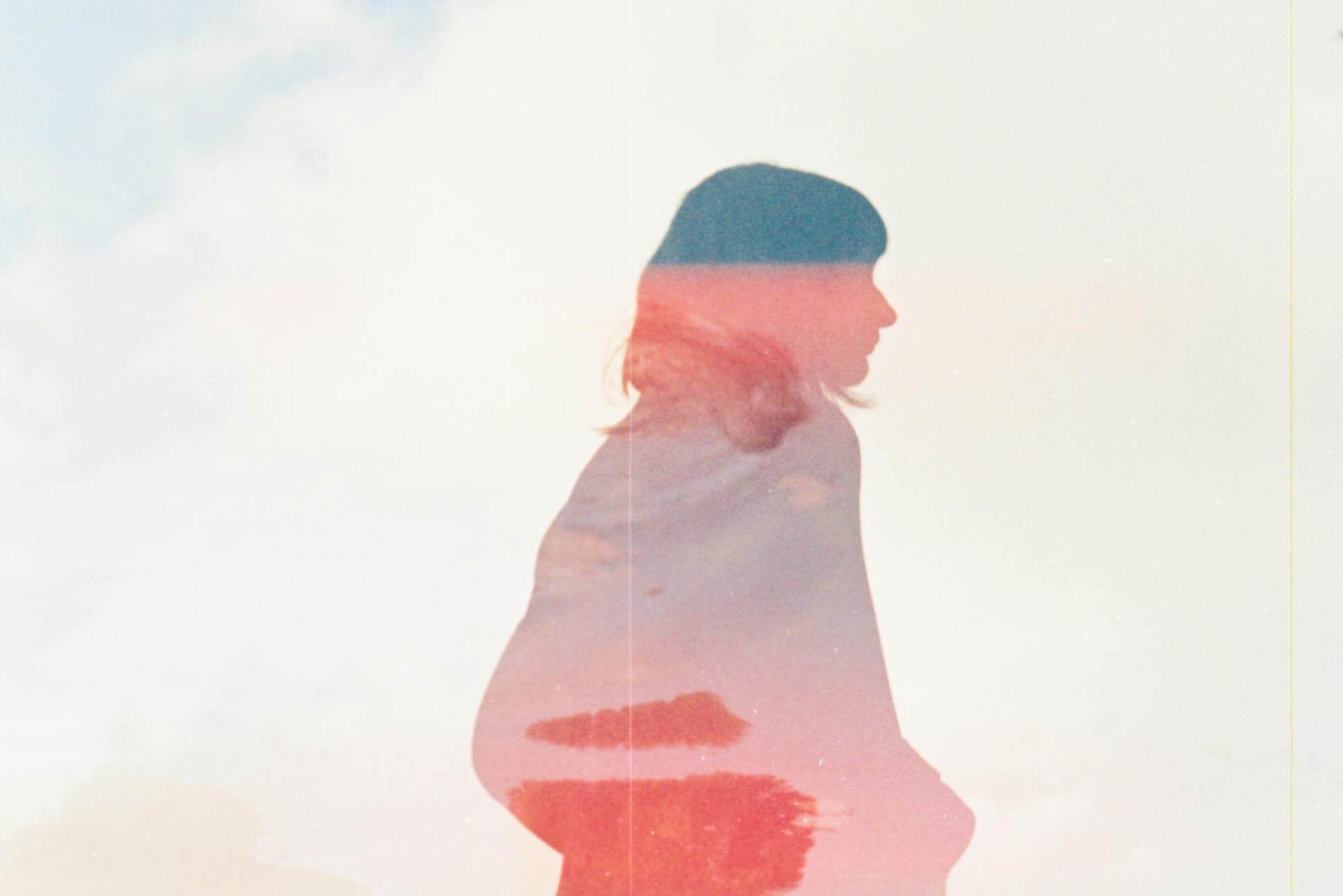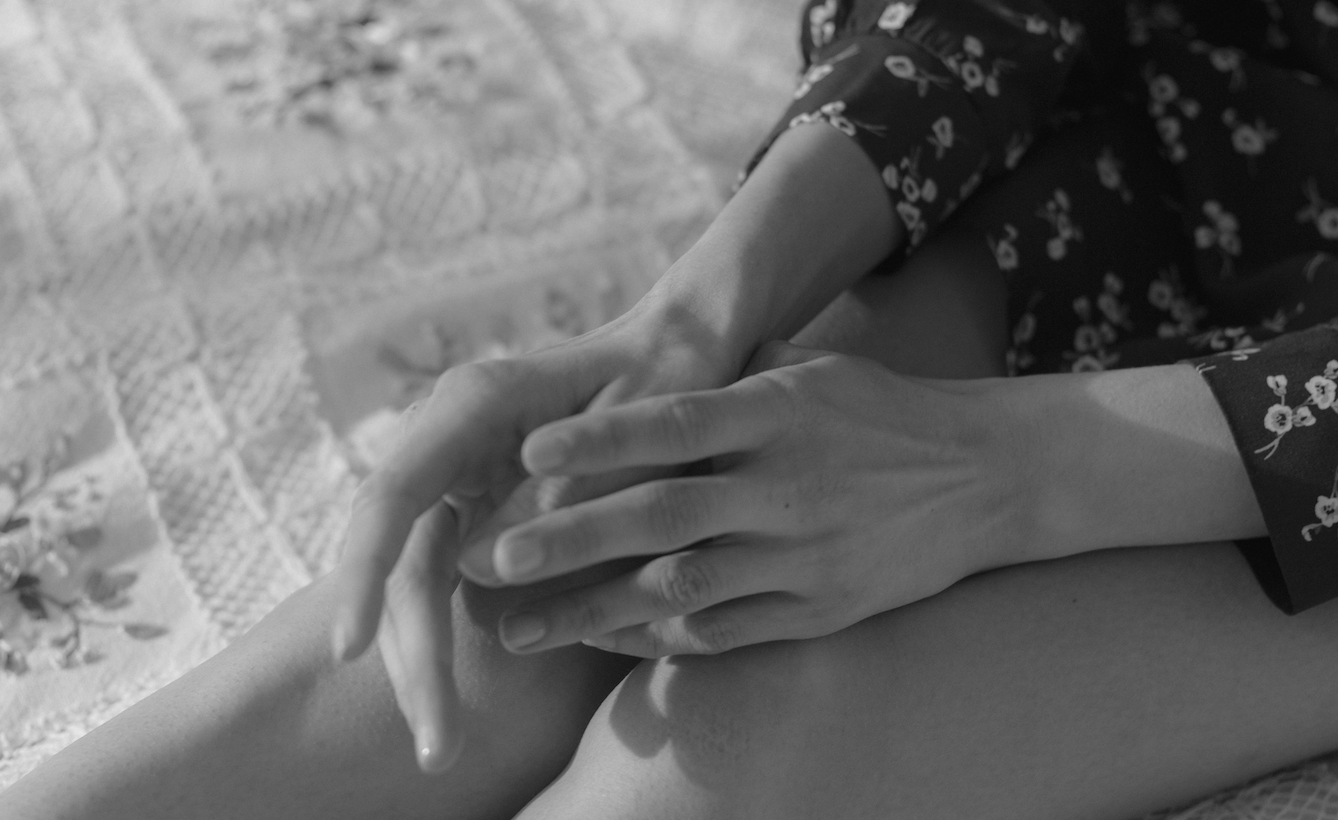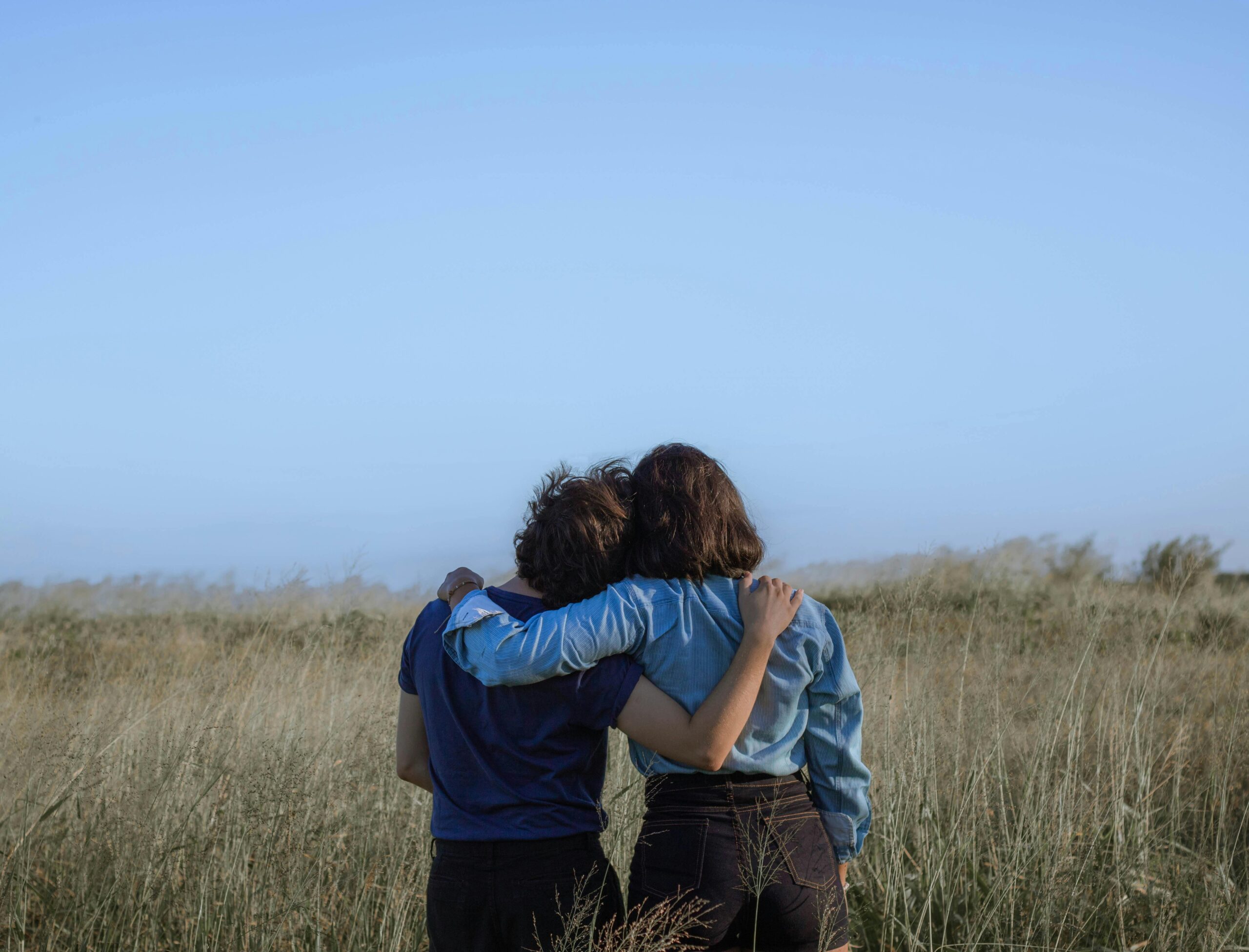
By Heidi Beierle
The thirty-sixth evening of my solo cross-country bicycle tour, I practically crawled into Leoti, Kansas, drained from pedaling in a hot July crosswind all day. Even dinner under the Dairy King carport hadn’t offered a break from the heat or gusts. The wind kept blowing the lettuce off my fork. My map indicated that a hospital across the street from the main city park had bathrooms campers could use, but when I scoped it out, a sign on the hospital door said NO PUBLIC RESTROOMS.
Defeated, I went to the town’s motel. The innkeeper, a welcoming man with salt and pepper hair, insisted everything I needed I could get there. A room with a bathroom and shelter from the elements was exactly what I wanted and an end to the day’s struggles.
“How long have you lived here?” I asked. I was studying bicycle tourism and rural economic development as part of my planning program at the University of Oregon back home in Eugene. It was 2010, and I had hoped school would be a way to get unstuck from chronic underemployment, loneliness, and lingering depression.
By the end of my first term, all I wanted to do was ride my bike. Then an opportunity to present research at a historic roads conference in Washington, DC, arrived, and I started planning to spend my summer pedaling across the country. My research was based on observations and conversations with people I met on my way to the conference, such as this innkeeper.
“I came from Nebraska and have been here about thirty years,” he said.
“What brought you here?” Leoti was on a cross-country bicycling route called the TransAm, which had been established in 1976 to celebrate the U.S. bicentennial. The innkeeper would have been in town all but four of the thirty-four years people had been riding the route.
“My family bought this place, and my wife and I came down here to run it.” He leaned back in his office chair. “I put you in the handicapped room. It’s the last room I have on the ground floor. Is that ok?”
“Will no one need the room?” When I straightened my left leg, I experienced blinding zaps of pain in my hip joint. I didn’t have a diagnosis. I only knew that walking was a challenge and pedaling didn’t cause me pain. My bicycle was basically my mobility aid, but I could still use the stairs if I had to.
“Usually if they do,” the innkeeper said, “they call ahead. I think you’ll be ok.”
“Ok.” I was relieved.
Studies I’ve read show that time spent outdoors improves our health and well-being, but physical ability affects people’s freedom to reach outdoor recreation destinations. Accessing the outdoors can be as simple as moving outside to experience the weather, but parks, natural areas, and parkways often offer higher quality outdoor experiences.
Transportation options to local outdoor spaces and to more destination-based places such as regional, state or national parks and recreation areas improve access for people with physical disabilities and people who do not or cannot drive. Transportation options also support continued viability and health of the outdoor resources by limiting the effect of cars on the natural environment.
But in communities that lack nearby parks and natural areas and/or that have no safe or convenient means for people to reach them apart from driving personal vehicles, the obstacles to accessing these rejuvenating spaces may be impossible at worst and unlikely at best. The environmental justice movement, which grew out of protests in the late 1970s and early 1980s, gained national recognition in 1990 with the publication of the first comprehensive book documenting how environmental injustice largely affects communities of color and people living with low incomes.
The same year, the U.S. Environmental Protection Agency established the Environmental Equity Workgroup. Since then, actions have been taken to protect neighborhoods and communities from pollution and toxins, but more work remains.
Ensuring neighborhoods have parks, natural areas or parkways is one way to address access to quality environments for all people. The transportation system is another means of providing access to quality outdoor spaces. An interconnected system of sidewalks, off-street paths and trails, transit (and train where applicable), and bike lanes provide routes for people to experience the benefits of time spent outdoors and improve access for everyone to reach their preferred destinations. In rural communities, this fine-grained transportation network enables people of all ages and abilities to safely get around town and connects communities to each other within in a region.
When I pedaled cross-country, I did not expect needing other travel options until I arrived in Washington, DC. I had been car-free for nearly three years and had some practice riding the train with my bike. The year before my cross-country trip, I had finished my first bike tour from Eugene to San Francisco by taking the train home, and I expected to return to Eugene the same way during this trip.
But thoughts I had about a purely pedaled journey were dashed in Wyoming when I was required to ride in three separate pilot cars up a mountain pass to safely navigate the road construction. Then, in Colorado during a sudden and drenching storm, I accepted a ride from a man who offered to drive me a few blocks to my lodging for the evening.
Kansas was flat, and I was in great physical condition after pedaling the Rocky Mountains. It was not the place I thought would test me, but I underestimated the draining effect of heat, wind, and lack of shade.
“You know,” the innkeeper said, “you could always take the bus if you didn’t want to ride in the wind.”
My exhaustion must have been obvious. I knew I’d feel better after a shower and a night of sleep, but it didn’t seem like a bad idea to know what the other options were.
“That would be one way to do it,” I said to the innkeeper. “Is there passenger train service around here?” I’d be more likely to take the train than the bus even though using either would feel like quitting.
“Down in Garden City, south of here. But the bus is better.” He handed me a room key.
As I unlocked the door, I knew I wasn’t ready to give up on pedaling. The room was spacious and clean, more like a hotel suite than a motel room. I collapsed on the bed, grateful for the soft landing.


Heidi Beierle is an artist, writer and adventurer based in Bellingham, Washington. Her written work has appeared in High Desert Journal, VoiceCatcher Journal and Journal of America’s Byways. She is a Pushcart Prize nominee for her short essay, “Carnage.” Her memoir ‘Heidi Across America: One Woman’s Journey On a Bicycle Through The Heartland’ is out April 30, 2024.
More about the book: In the summer of 2010, Heidi Beierle had just finished her first year of graduate studies in community and regional planning and decided to pedal her bicycle solo from her home on the west coast across rural America to the Preserving the Historic Road conference in Washington, D.C. What started as a research trip turned into an intimately physical and psychological encounter with self and nationhood.
Heidi was 35 at the time and didn’t love much about herself except her ability to endure grueling physical undertakings. She viewed her journey as an opportunity to fix her failures and insufficiencies. There were also some research questions she wanted to explore: Why do people live in small towns and what do they like about it? Did a bicyclist like herself bring economic benefit to the small towns she visited? What could communities do to support or invite cyclists to stay in their towns? What could cyclists do to support the communities?
Along the way, she was surprised by the kindness of strangers and the emotional pinch of traveling through Wyoming where she grew up. Her journey led her through the Plains and into the Ozarks where the heat climbed to agonizing temperatures and every pedal stroke in the heat felt one closer to death. By the time she completed the trip, Heidi discovered a newfound compassion for herself and a growing love for her country. Strangers opened their hearts to her and in turn, she opened her heart to herself.
And her questions began to change and mirror things many Americans are asking themselves today: How can I be okay in my own skin? What does it mean to be enough? How do I satisfy my desire to travel without harming the planet? What does it mean to love America?
For many young people, it is a rite of passage to light out on an adventure to see the world and expose themselves to new experiences, but we don’t often talk about how Americans seeing America can open us to the diversity, awe, and wonder available right here in our nation. Heidi Across America offers a journey to self-love, empathy, consideration for others, and respect for the spirit of place as pathways to find connection and home.
















